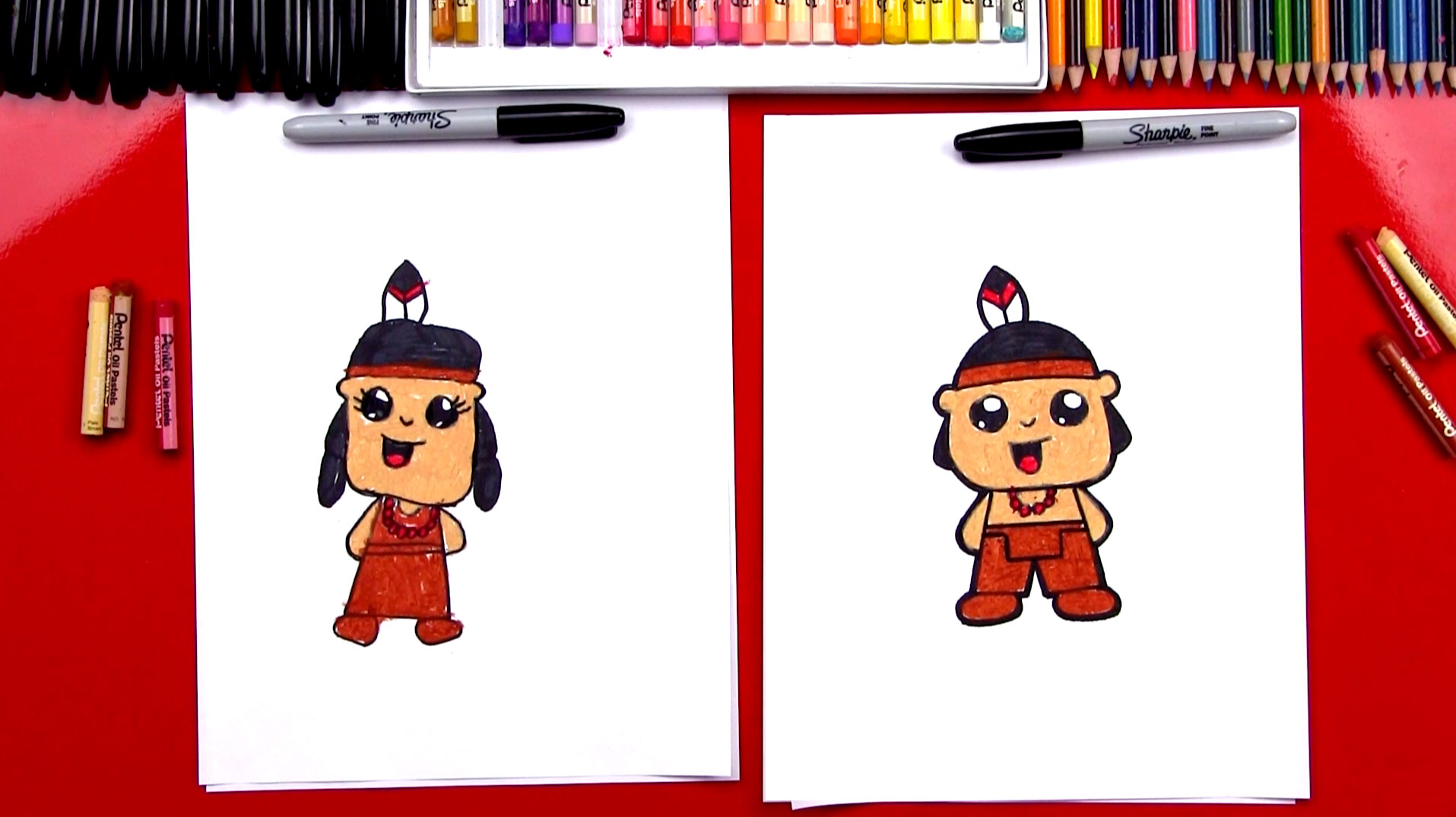

This will be the first study to evaluate a body image intervention for adolescents in semi-rural Indian schools. As comics theorist Scott McCloud argues, such a simply drawn face creates a. Analyses will compare outcomes in the intervention with the control group. These outcomes will be examined at three timepoints: baseline ( T1), 1 week-post-intervention ( T2), and 12-weeks follow-up ( T3). So, it’s no secret that boys also get curious about it. Also, girls have a lot of options on fashion wears and styles. The experience of dressing as a girl and exploring their feminine side is one of the main reasons why boys want to dress up as girls.

Some boys just love dressing up as girls.
#Simple comic indian boy image skin
Additional exploratory outcome measures are skin colour dissatisfaction, body hair dissatisfaction, appearance-based teasing, and endorsement of traditional gender roles. Boy to Girl Full Body Transformation Photos. The primary outcome is body esteem, and secondary outcomes are disordered eating, appearance ideal internalization, body-image-related life disengagement, self-esteem, negative affect, and positive affect. The subsequent RCT will be conducted with 2400 students, with schools randomized to either the comic-based intervention or lessons-as-usual (control) groups.

The acceptability study will be conducted with 24 students in Classes 6–8 (age 11–14) and nine teachers from Hindi-medium government schools using interviews and focus groups. If found to be acceptable and effective, UNICEF will disseminate the intervention across schools in eight states of India.
#Simple comic indian boy image trial
This paper describes the protocol for the development, acceptability testing, and cluster randomized controlled trial (RCT) of a six-session comic-based intervention, which aims to improve body image and related outcomes among adolescents in semi-rural Indian schools. From the outset two basic groups of themes emerged: political morality and. Adolescents in India experience body dissatisfaction, however, empirically supported interventions are lacking. comic strip, series of adjacent drawn images, usually arranged horizontally.


 0 kommentar(er)
0 kommentar(er)
